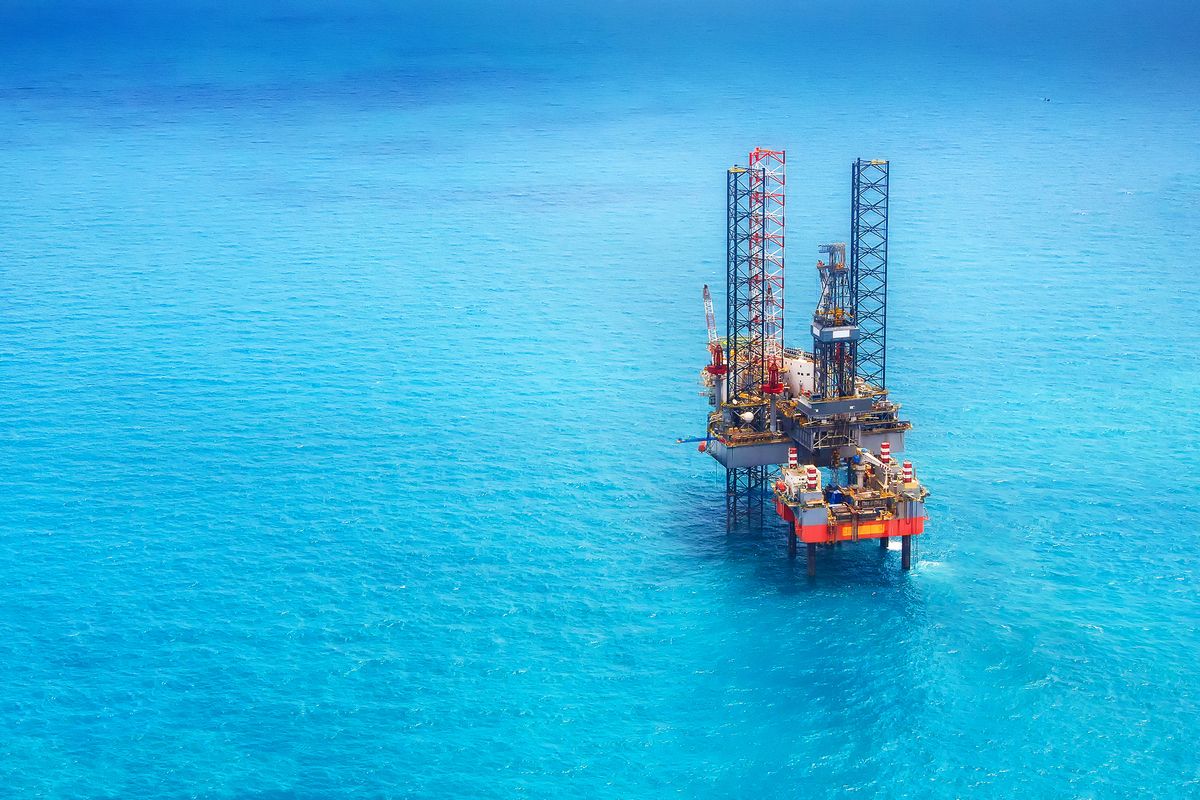Let's face it, no company in the rig space is going to post great results right now. Rigs are rolling off contract and there aren't any new ones to be had, and the rigs that do get work are normally working for much lower rates. So when Transocean (RIG +1.76%) reported its earnings last week, all investors could really hope for is controlled costs and a plan to manage the down market. Based on the results, it looks as though Transocean was able to achieve that. Let's take a quick look at Transocean's results and what the company is planning through this downcycle and beyond.
By the numbers
| Results (in millions except per share data) | Q3 2015 | Q3 2014 | % Change |
| Revenue | $1,608 | $2,215 | (27%) |
| Operating and maintenance costs | $880 | $1,318 | (33%) |
| Adjusted net income (excluding assets writedowns) | $316 | $352 | (10.2%) |
| Adjusted EPS | $0.87 | $0.96 | (9.4%) |
| Operational cash flow | $648 | $882 | (26%) |
| Fleet utilization rate | 70% | 76% | (600 basis points) |
Source: Transocean earnings release
The big takeaway from these numbers is that Transocean has managed to lower its operating and maintenance costs faster than revenue has declined. That's a relatively promising sign considering we can likely expect revenue numbers to decline further in the coming quarters. The company was mostly able to preserve its underlying profitability when we strip out all the one time charges thanks to those cost efforts.
It's fleet utilization rate was able to remain relatively high, but that also accounts for the fact that management has scrapped several older rigs. Also, keep in mind that the company has a few rigs coming off contract in the coming quarter, which will lower utilization rates and revenue further.
Extreme makeover: Transocean edition
This past year or so has been an extremely transformative one for Transocean. So far the company has scrapped 21 of its older floating rigs, and in the process has taken some large hits to the income sheet. As graphic as this sounds, these moves have been the equivalent of cauterizing a wound. Ultimately, these older rigs were a becoming a drain on the company's profitability. They were being utilized at a relatively low rate, and having them on the open market also drags down day rates for newer rigs. So instead of waiting for the market to turn, management made the decision to part ways with these deteriorating assets.
Chances are management isn't done with this transformation. There are several older, lower spec rigs that are still under contract. It doesn't make sense to pull them now because, well, they are making money. Once they go off contract, though, don't be surprised if we see another slew of these rigs get sent to the scrapyard.
Another less noticeable change that has been happening over time is an improving balance sheet. Compared to this time last year, Transocean has been able to reduce its total liabilities by $2.6 billion while maintaining a decent amount of cash on hand. These moves have positioned the company into the ranks of the more financially stable peers.
| Company | Net Debt/EBITDA | Total Debt-to-Capital | Current Ratio |
| Transocean | 2.03x |
38% | 2.68x |
| Noble (NE +0.00%) | 2.74x | 37% | 1.04x |
| Ensco (ESV +0.00%) | 2.08x | 39% | 3.00x |
| Seadrill (SDRL +0.00%) | 4.47x | 51% | 0.92x |
Source: S&P Capital IQ
Investing through the cycle
One of the most challenging aspects of a cyclical business is being able to make decisions that go beyond the cycles. Rig companies in general have been notoriously bad at having that sort of foresight when it comes to investing in their fleets.

Source: Bloomberg Intelligence
Transocean has been just as guilty as others in this regard, but it does appear that the company is starting to think about its development differently. Between 2016 and 2020, the company plans to bring on another 12 rigs, the largest development plan over that time frame among its peers.
| Company | Planned Rig Additions |
| Transocean | 12 |
| Noble | 1 |
| Ensco | 4 |
| Seadrill | 9 |
Source: Company rig fleet status reports
Investing through the cycle isn't easy for a rig company because cash flows will evaporate quickly once the market starts to turn. Transocean appears to be making an effort to so so, though, and its stronger financial standing should make it easier to do so than a competitor like Seadrill that has stretched itself thin as of late with its current newbuild plan.
What a Fool Believes
It's incredibly difficult to foresee what is going to happen in the rig market over the next couple of years. The possibility of lower for longer oil prices could really throw a monkey wrench into rig companies plans. Transocean seems to be doing what it can to control its costs, get its financial house in order, and keep an eye on the long term future. We can't really ask Transocean to do more right now than maintain this course of scrapping older rigs as they come off contract and focus on keeping its newer rigs working without incurring big costs. If it doesn't deviate from this course, then Transocean should be in good shape.




